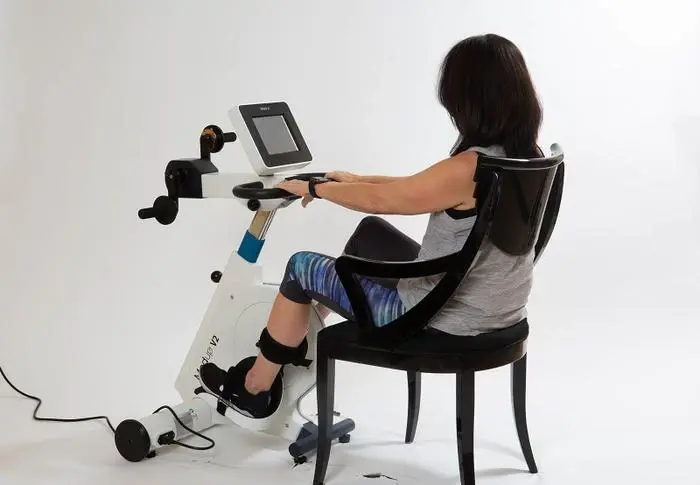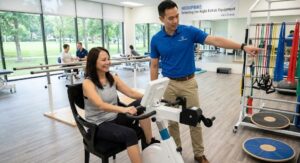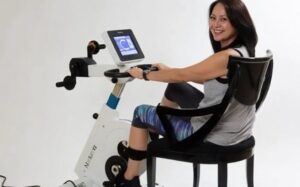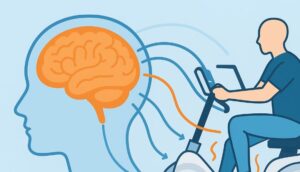
Following a spinal cord injury, patients will undergo rehabilitation therapy in order to regain some mobility and adapt to their new way of life. Although the level of independence that can be reached will depend on the severity of the injury, regaining some level of mobility will be key in optimizing the recovery process and in creating a better quality of life. Using recovery aids throughout rehabilitation can help make the process easier on both the patient and their caregivers.
Improving mobility helps to mitigate risks
For those with a spinal cord injury, there are a number of risks that can make day to day life more difficult and even dangerous. Urinary tract infections, bowel issues, respiratory infections, pressure sores, and muscle spasticity are all common occurrences for someone with a spinal cord injury. While the level of mobility will vary from one patient to the next, rehabilitation that includes an attempt to improve mobility can help reduce and treat some of these potential concerns.
A rehabilitation routine can also help maintain lung and heart function, two processes that are often vulnerable when the body doesn’t move enough. Without daily movement muscles and organs are inclined to experience reduced function, which can lead to even more struggles for a spinal cord injury patient.
Cycle training part of a great rehabilitation routine

Using a cycle trainer to stimulate both upper and lower body movement can have significant positive effects on the rehabilitation routine following a spinal cord injury. With several modes that provide different levels of motor-assisted support, a cycle trainer can be used in most rehabilitation plans, including those where the patient will be working on their progress independently.
The MedUp V2 cycle trainer allows the user to maintain movement, even when their muscles aren’t able to perform the motion on their own. The simple cycle motion is beneficial for both arms and legs as it encourages the heart to continue pushing blood to the extremities, and helps to maintain muscle mass.
Features of the MedUp V2
At-home cycle trainers like the MedUp V2 come with a number of relevant and helpful features that are beneficial for a variety of different recovery plans, including in spinal cord injury recovery. Whether rehabilitation needs to happen in a facility or can be done at home, this cycle trainer offers an adaptable option.
Some of the top features of the MedUp V2 include:
Four training modes – Depending on the level of support needed, a user can choose the amount of motor-driven support they want. Modes include passive (completely motor driven), assisted (partially motor driven), active (entirely user driven) and isokinetic (user driven with varying resistance levels).
Hand securing mitts – Ensures that the hands are securely positioned on the handlebars for both safety and functionality.
Spasticity detection – Muscles that contract suddenly can be extremely painful, and dangerous if it happens while using a cycle trainer. The MedUp V2 is equipped with technology that detects a spasm and pauses the function in order to avoid injury.
Symmetrical training – Ability to adjust resistance levels to build muscles symmetrically on both sides of the body, depending on the development of each side.
Encourages independence – Users in a wheelchair are able to roll up to the base and begin training, without the need for someone to transfer them.
Stable base – An important safety feature for independent use, a stable base helps ensure that users won’t be at risk of the unit tipping over while being used.
Readily movable – Wheels on the base allow the MedUp V2 to be easily moved for storage and ease of use.
Rehabilitation provides breakthroughs in mobility
After many life-altering health events, rehabilitation is an essential part of the recovery process, and a spinal cord injury is no different. Incorporating a tool like an at-home cycle trainer is a great way to facilitate rehabilitation and potentially improve mobility in anyone dealing with a spinal cord injury.




